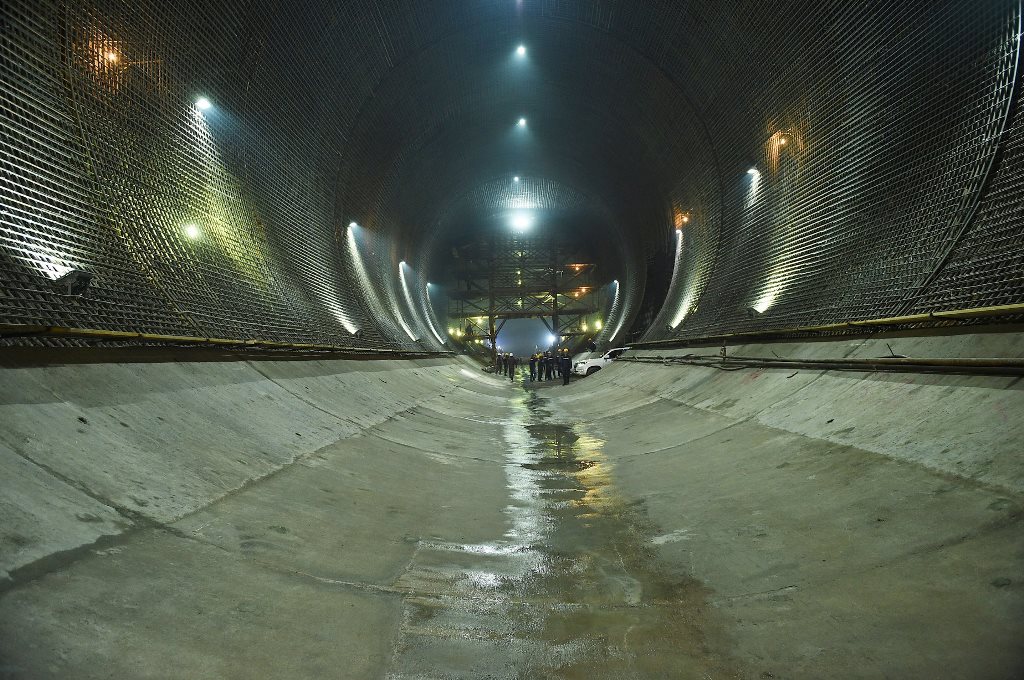Analysts from the International Monetary Fund (IMF) forecast high fiscal deficit in Tajikistan in the medium term.
The IMF Executive Board concluded the Article IV consultation with Tajikistan on January 13, 2020. According to a statement released by the IMF Executive Board, reported economic activity has been strong in 2018-19. Inflation has reportedly picked up in the past year due to base effects and food price inflation in partner countries but remained within the National Bank of Tajikistan’s (NBT) target range. Weak remittances and exports and strong imports have contributed to a deterioration of the external current account, according to the statement. The real effective exchange rate has reportedly appreciated, and foreign exchange shortages have emerged. Fiscal policy has been expansionary with the overall 2019 deficit projected to reach 3.8 percent of GDP. Public and publicly guaranteed debt has been stable as the deficit has been financed from the proceeds of the 2017 Eurobond. The financial sector is recovering from the 2015-16 crisis, with a decline in nonperforming loans (MPLs) and improved profitability. The authorities have taken steps to strengthen bank supervision and regulation. However, two formerly-systemic banks remain insolvent and further reforms are needed to restore public confidence in banks.
The fiscal deficit is expected to remain high over the medium-term owing to the Roghun hydropower project (HPP), putting debt on an unsustainable path. Together with limited exchange rate flexibility, the fiscal deficit is expected to contribute to a weak external position, with the current account deficit over 5 percent of GDP. In a weak global environment, these factors are expected to weigh on confidence and growth is projected to moderate to 4 percent over the medium term. Inflation is expected to remain moderate.
Directors emphasized the need for greater exchange rate flexibility to facilitate adjustment to shocks, help preserve external buffers, and support growth. Removing the exchange restriction and improving the transparency and functioning of the FX market should also be priorities, with due attention to dollarization and inflation considerations.
Directors encouraged further efforts to strengthen the monetary policy framework and transmission. They considered that the National Bank of Tajikistan’s (NBT) planned transition to inflation targeting remains an appropriate medium-term goal and would be supported by enhancements to exchange rate flexibility and the NBT’s financial position and independence.
Directors urged the authorities to avoid non-concessional borrowing and implement a comprehensive debt management strategy, with IMF technical assistance, to manage risks from large infrastructure projects and state-owned enterprises (SOEs). Fiscal risks from the largest SOEs should be further mitigated through passage of the SOE law in line with IMF recommendations.
Directors emphasized that, despite the reduction in NPLs and improved profitability of banks, more is needed to restore financial stability and boost confidence in the banking sector. In this regard, an important priority to be considered is the liquidation of two formerly-systemic insolvent banks and payout of insured depositors.
Meanwhile, the marginal budget deficit for 2019 was projected to stand at 0.5 percent of the gross domestic product (GDP), or 391 million somoni.
However, at the end of the year they had to make amendments to the country’s law on the national budget for 2019 and increase the budget deficit rate four times to 2.0 percent.
Speaking to lawmakers, Tajik Finance Minister Faiziddin Qahhorzoda noted that they had to spend more money for introducing the second unit of the Roghun hydropower plant into operation than it was originally planned.
The national budget for 2020 projects the marginal budget deficit to stand at 04 percent of GDP, or about 350 million somoni (equivalent to more than 36 million USD).







